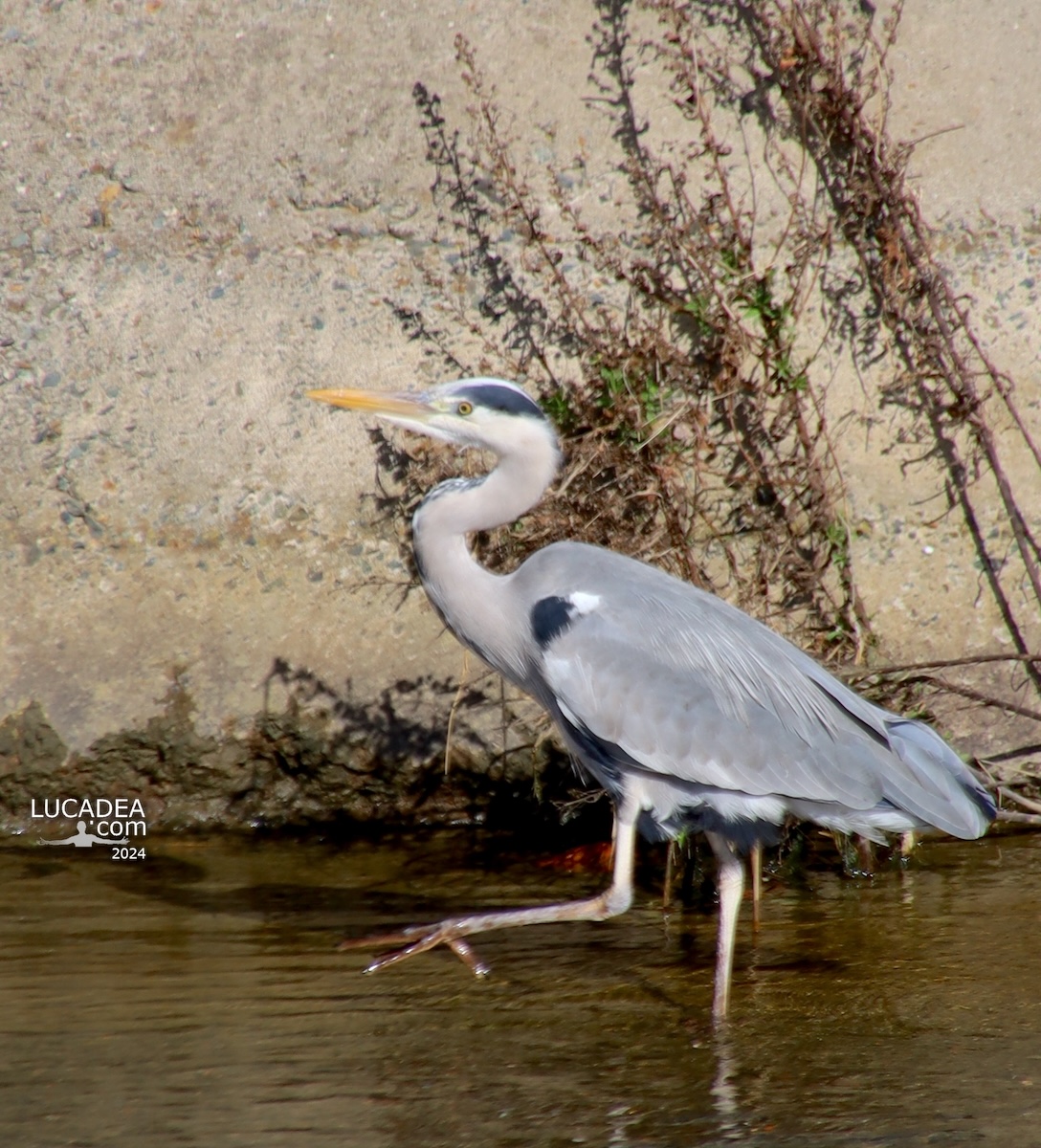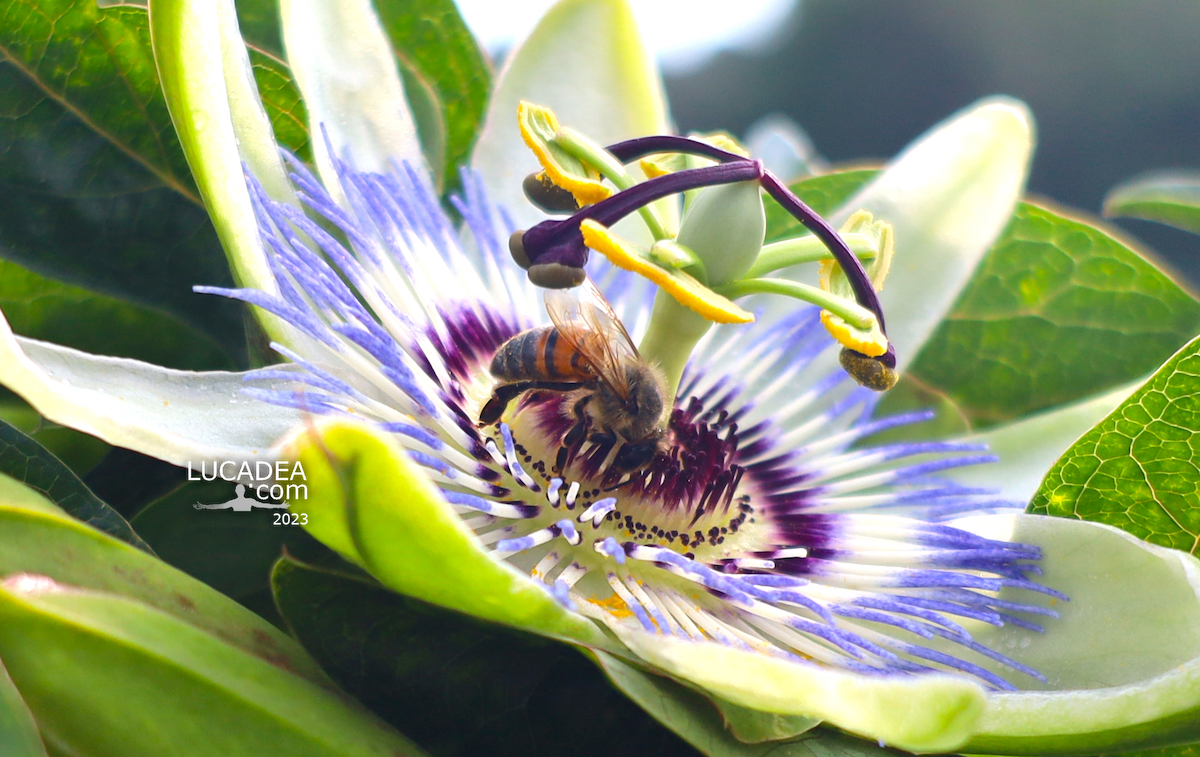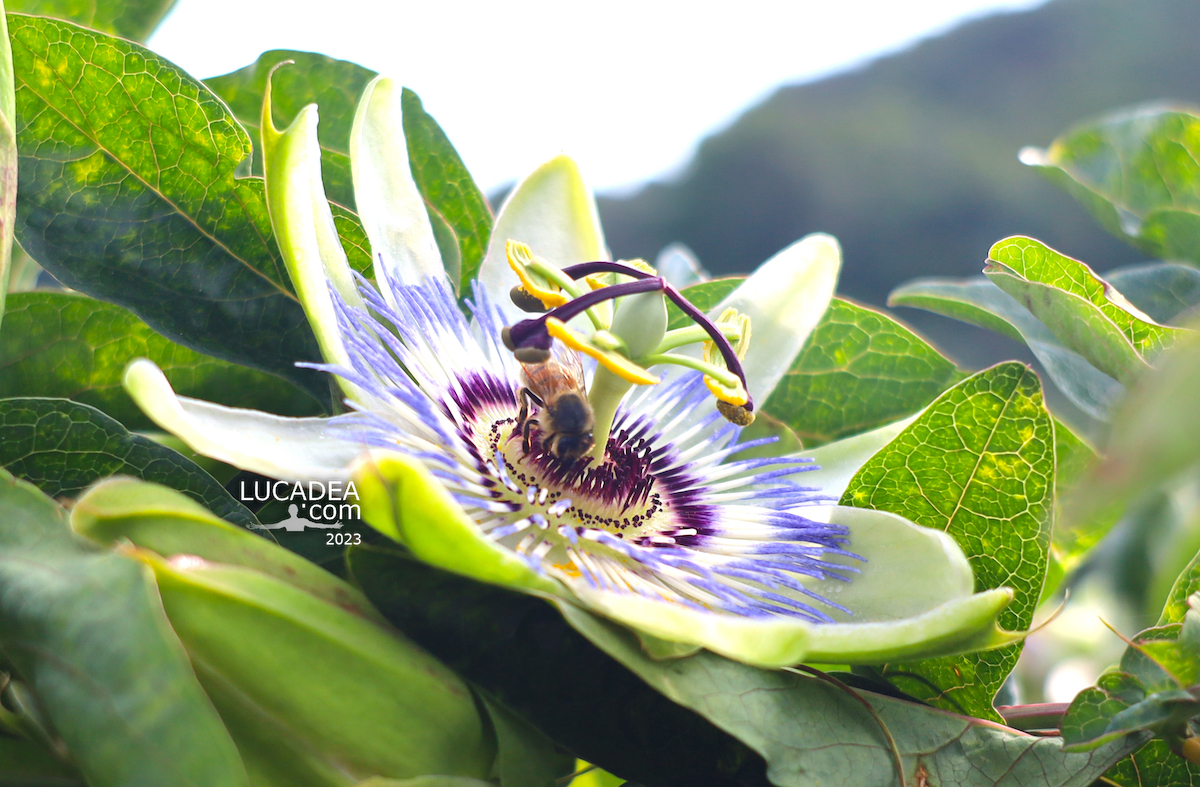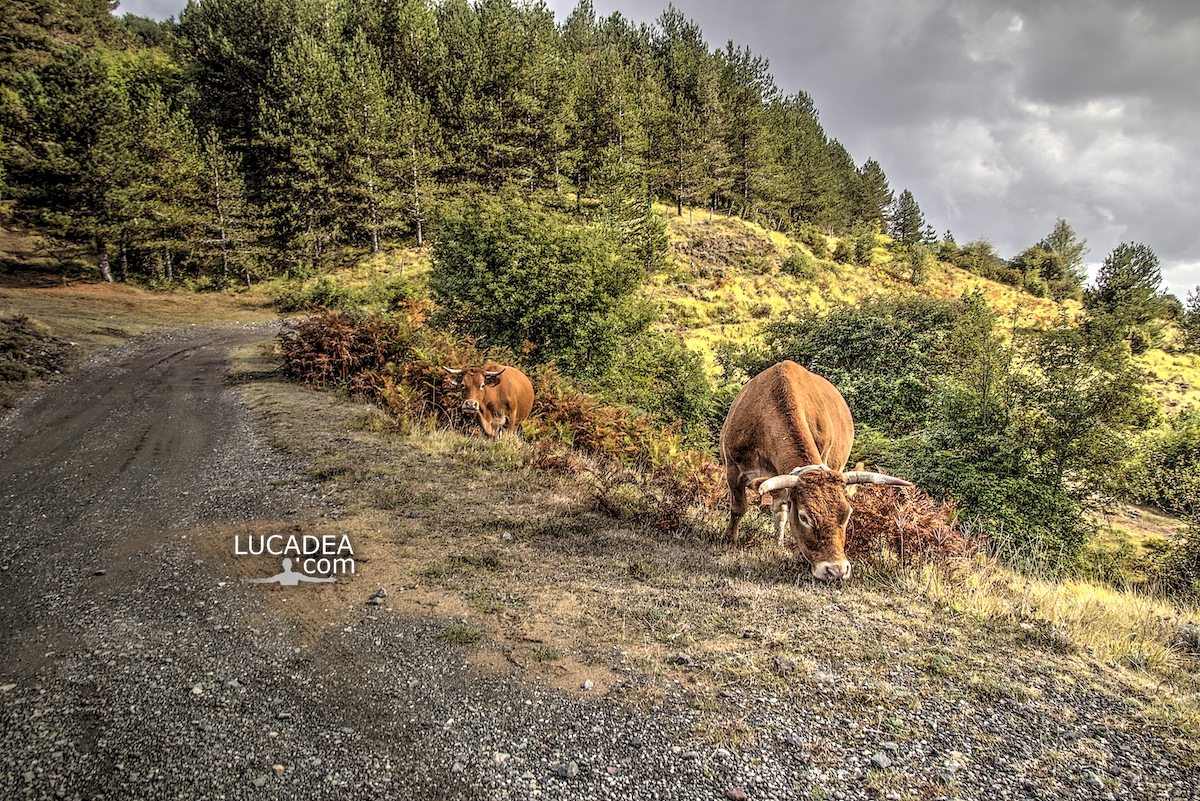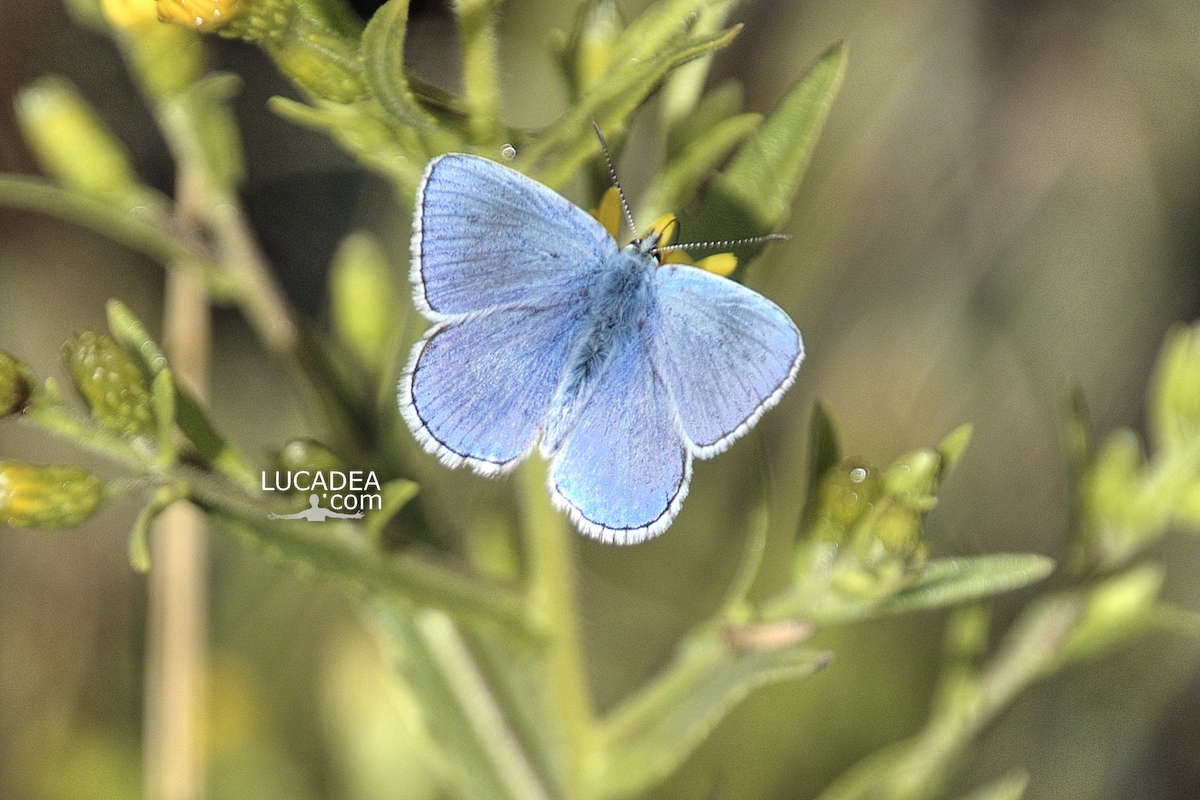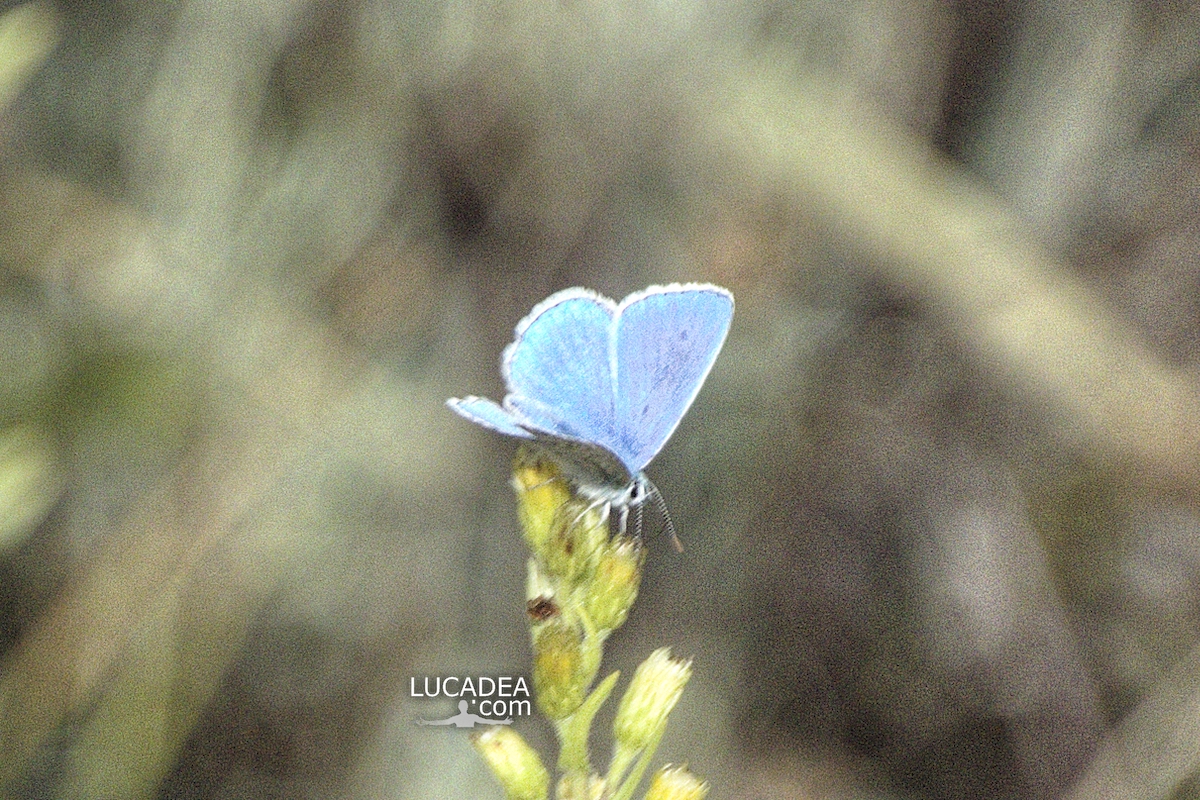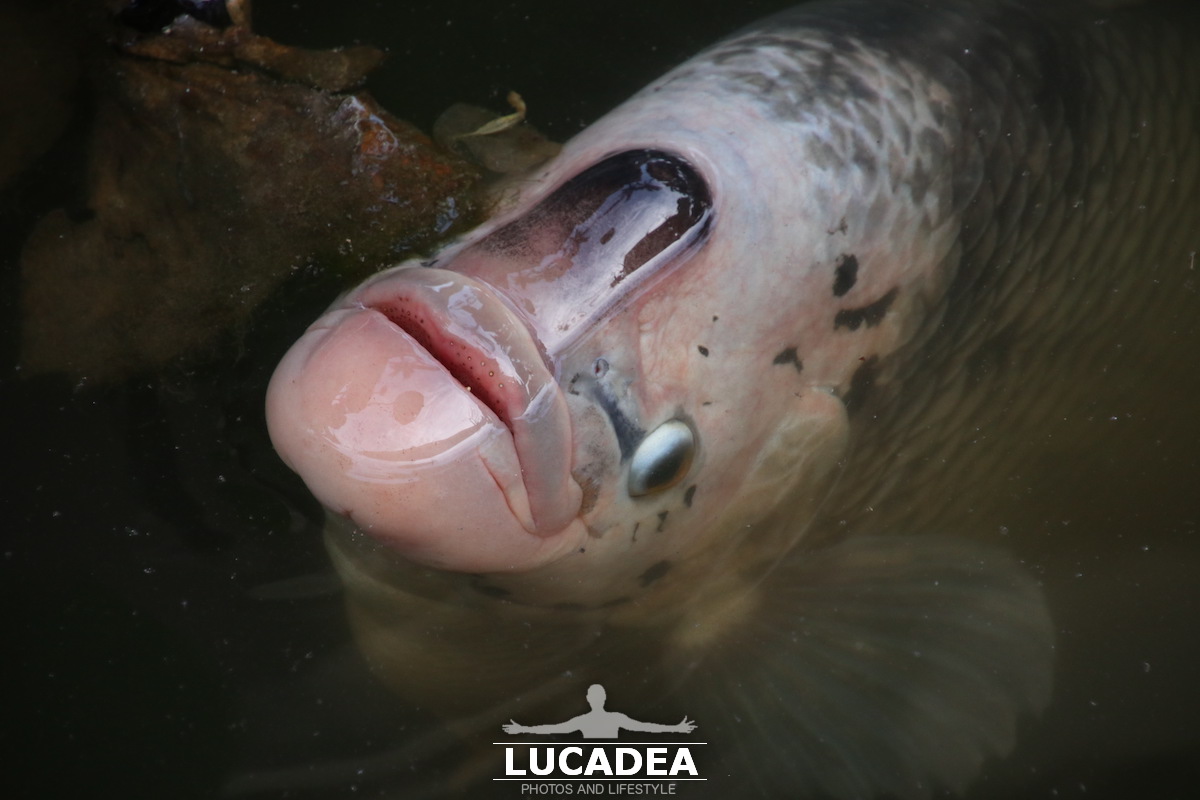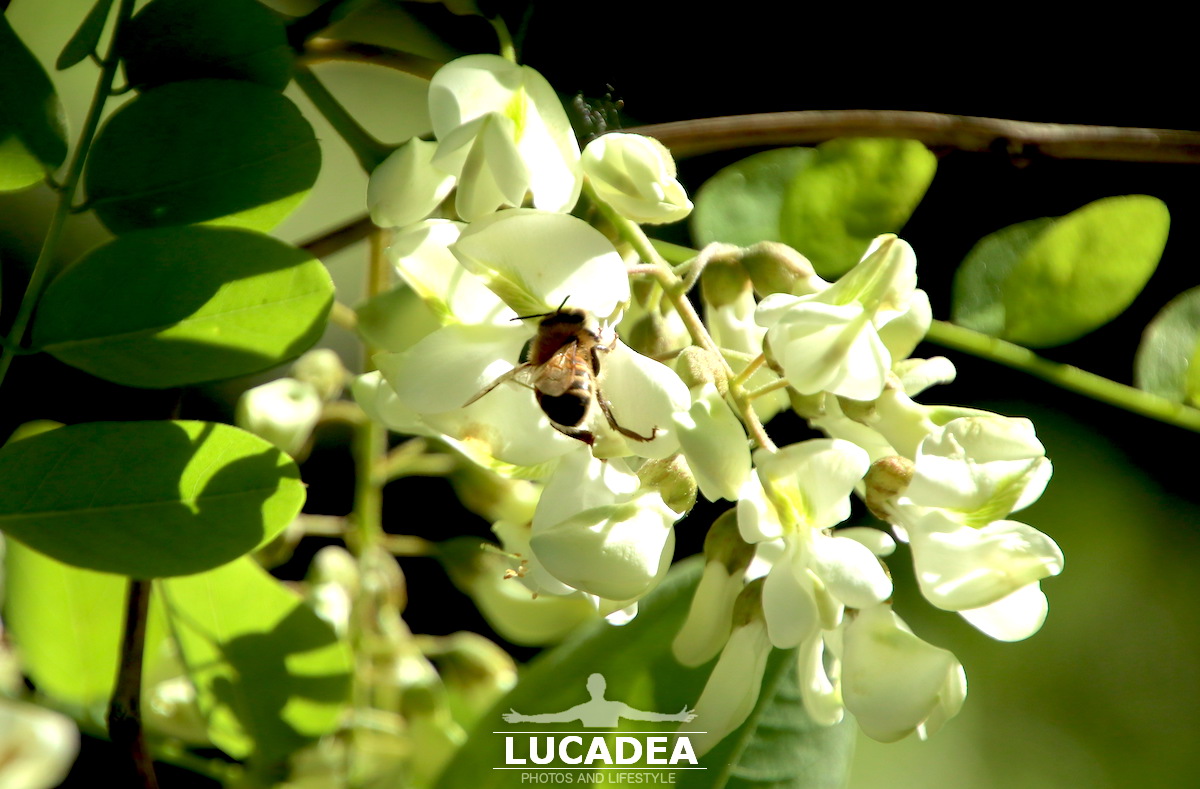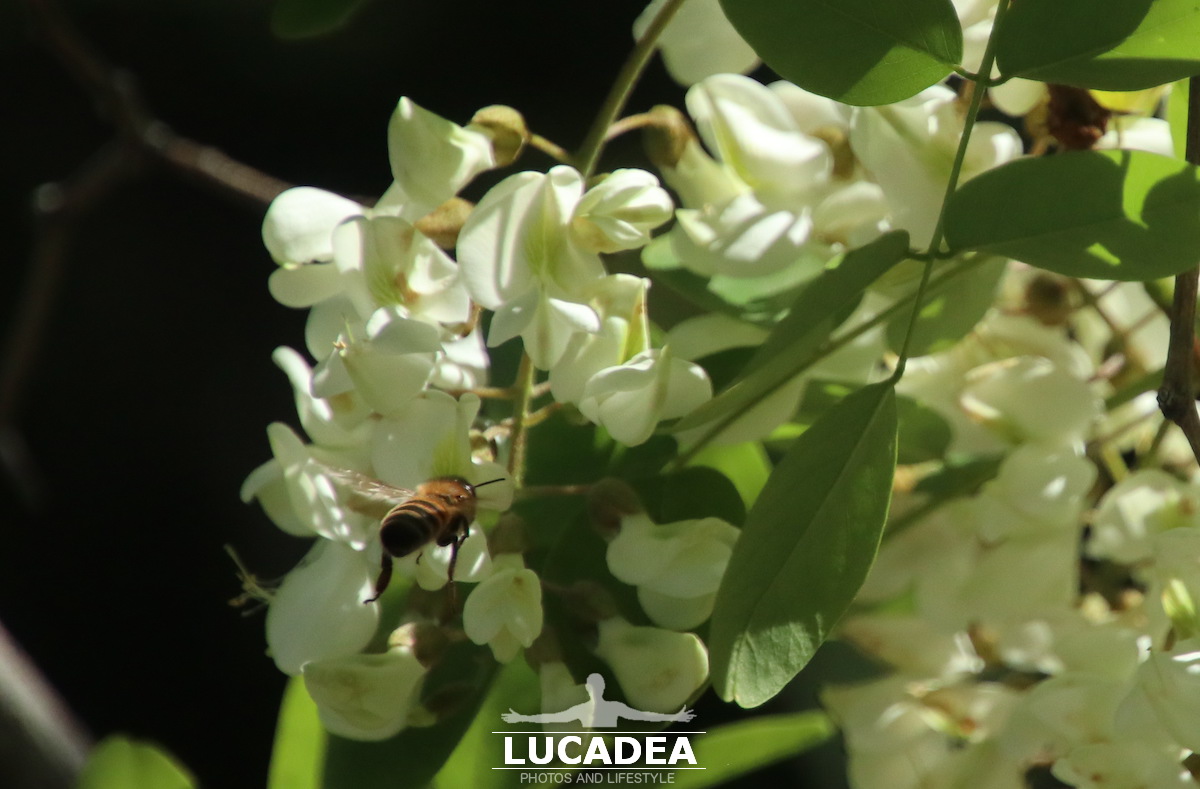The velelle in the Bay of Silence in March 2024.
Last year, right around this time, an event occurred that unfortunately does not happen so rarely: hundreds, indeed thousands, of these small animals washed up on the beach of Sestri Levante.
Have you ever seen these beached animals?
Add your own comment or go to the bottom of the site to read what other visitors have written.
Photo taken with Honor 20.
Here's where the bay is located:
Velella velella, also known as St. Peter's or St. John's boat, is a colony of hydrozoans of the Porpitidae family. It is often found in all oceans, on the shores or at most 1-2 cm deep in the water, with a preference for warm or temperate waters. Like other cnidarians (coelenterates), Velella velella is a carnivorous animal. It captures its prey, usually plankton, using its tentacles that contain toxins. These toxins, while effective against the prey, are harmless to humans, as they cannot penetrate the skin and do not cause any reaction to human skin. However, it is preferable to avoid touching your eyes after picking up a Velella.
Continue on Wikipedia









